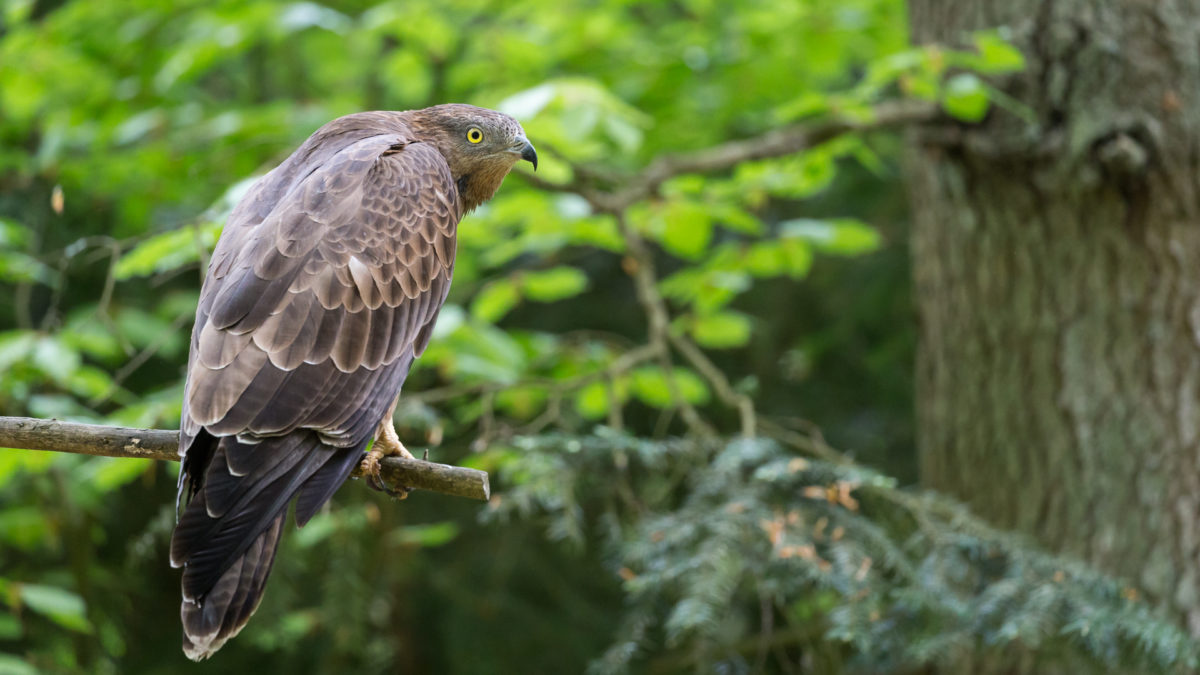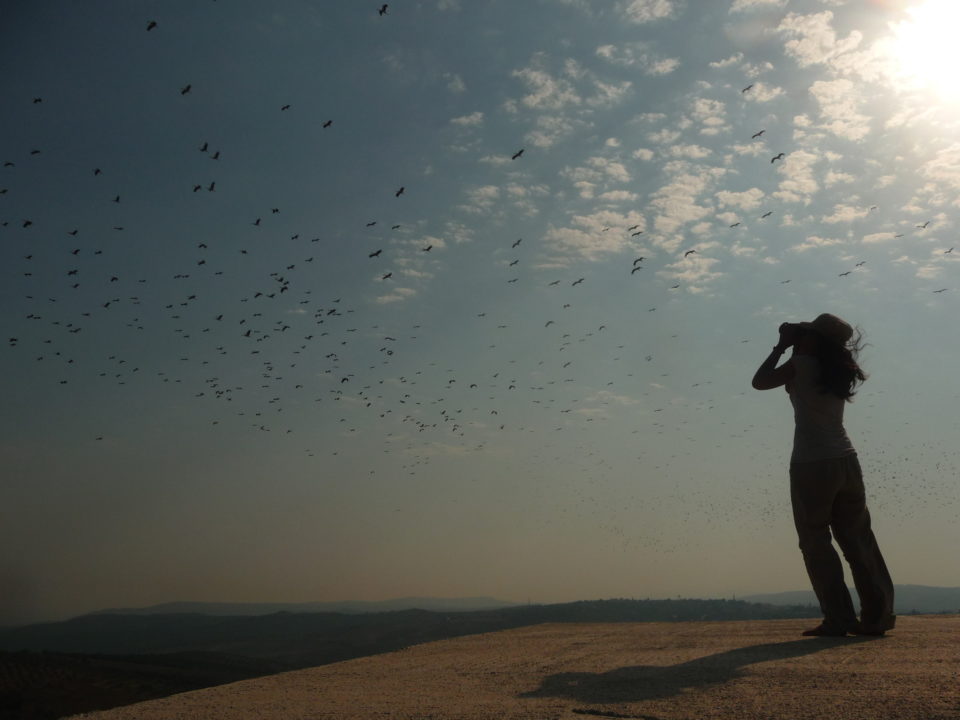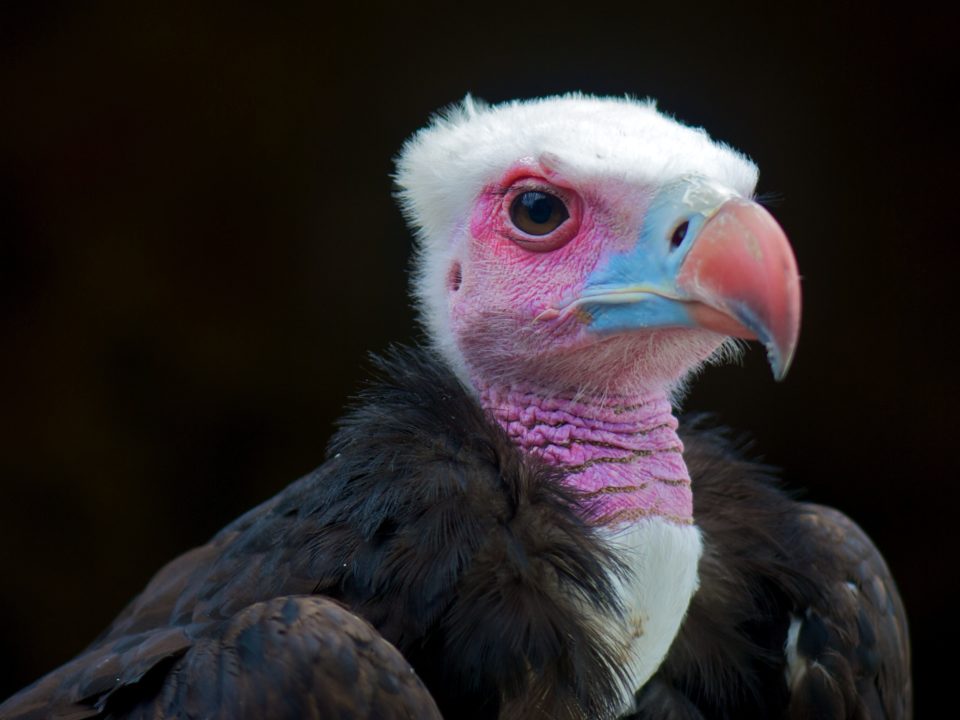
European Honey-buzzard @ WaspFactory, Creative Commons
After traveling almost distance of over 6,000 kilometres, starting from its breeding grounds in Finland, our magnificent Pernis apivorus, better known as the European Honey-buzzard, has arrived at its wintering grounds in Nigeria. With the dry Sahel in the north, Nigeria’s tropical forests in the south are the wintering home for a large number of honey-buzzards.
Twice a year, this species puts itself through an immense physical challenge, flying day after day, with little to no rest or food. So why, you might wonder, do honey-buzzards migrate so far, season after season? As it turns out, evolution has actually favoured Honey-buzzards that migrate to tropical Africa over those who cut their journey short or don’t migrate at all. But why?
For this soaring bird of prey, the differences in climate and corresponding food availability between the snowy, quiet winters of Finland and the warm, dense forests of Nigeria teeming with life make the journey worth the effort. Larvae and adult wasps, hornets, bumblebees and bees are the preferred meals of this fearless raptor, and in Europe there are no nests or hives to raid after the breeding season, when temperatures start to drop. In contrast, September to March is the dry season in Nigeria, where their favourite foods are aplenty, and they can also feast on locusts and termites as well.

So this explains why the European Honey-buzzard undertakes this amazing journey of thousands of kilometres twice a year: it is the result of ancient evolutionary forces that have favoured the travellers over the stay-at-homers, rendering the Honey-buzzard as we know it today one of the most capable soaring birds of all birds of prey breeding in Europe.
Find out more about the journeys of the European Honey-buzzard and help us keep their flyways safe today.



